 The Scythians is a large group of nomadic tribes which lived in Eurasian steppes in the 9th-1st century B.C. Their main living area was situated on the territory of modern Ukraine. These tribes were very militant and rich. They are widely known for their extensive use of gold in clothing and jewelry. The Scythians buried the dead with plenty of gold jewelry, household items, and other treasures. Modern archeologists have found Scythian burial mounds and put the finds in museums. In this article, you can see the photos of some Scythian traditional clothing and jewelry.
The Scythians is a large group of nomadic tribes which lived in Eurasian steppes in the 9th-1st century B.C. Their main living area was situated on the territory of modern Ukraine. These tribes were very militant and rich. They are widely known for their extensive use of gold in clothing and jewelry. The Scythians buried the dead with plenty of gold jewelry, household items, and other treasures. Modern archeologists have found Scythian burial mounds and put the finds in museums. In this article, you can see the photos of some Scythian traditional clothing and jewelry.

Traditional dress and armor of noble Scythian warrior. Reconstruction. The 5th century B.C.
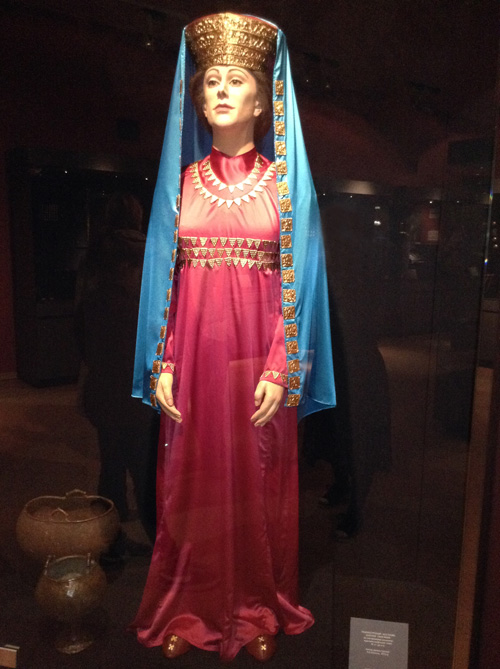
Attire of noble Scythian woman. Reconstruction. The 4th century B.C.
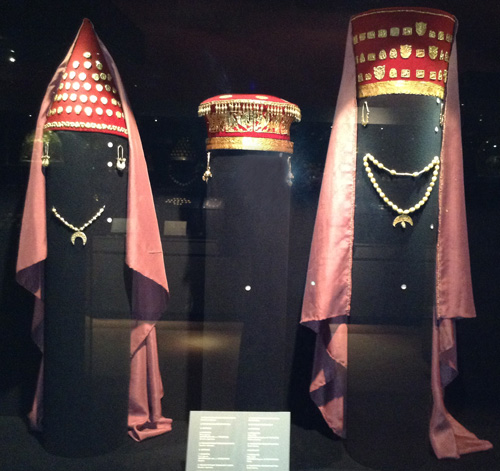
Scythian traditional female headdresses and jewelry. The headdresses are reconstructions, and the jewelry items and gold decorations are archaeological artefacts. From the left: the 4th century B.C., the 5th century B.C., and the 4th century B.C. The headgears are made from fabric and decorated with plenty of gold; jewelry items (necklaces and earrings) are made from solid gold
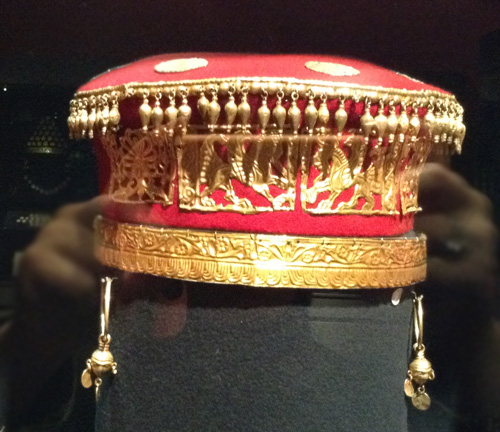
Beautiful and ornate Scythian women’s headdress and earrings. The headdress is a reconstruction, and the earrings are archaeological artefacts. The 5th century B.C.

Scythian traditional women’s headdresses and jewelry. The headdresses are reconstructions, and the earrings and gold decorations are archaeological artefacts. The 4th century B.C. The headgears are made from fabric and decorated with plenty of gold; the earrings are made from solid gold
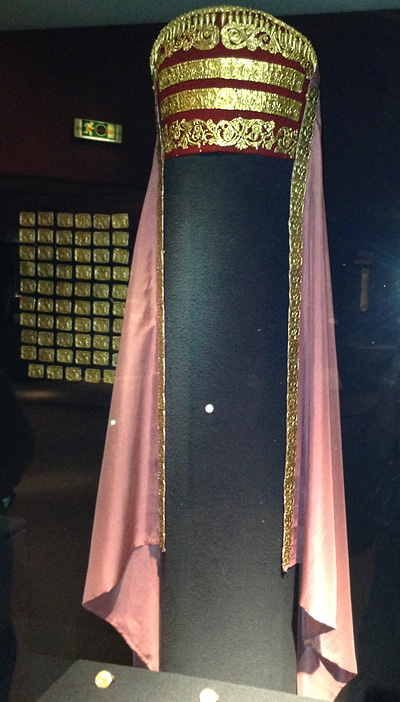
Scythian traditional female headdress decorated with solid gold. The headdress is a reconstruction, and gold decorations are archaeological artefacts
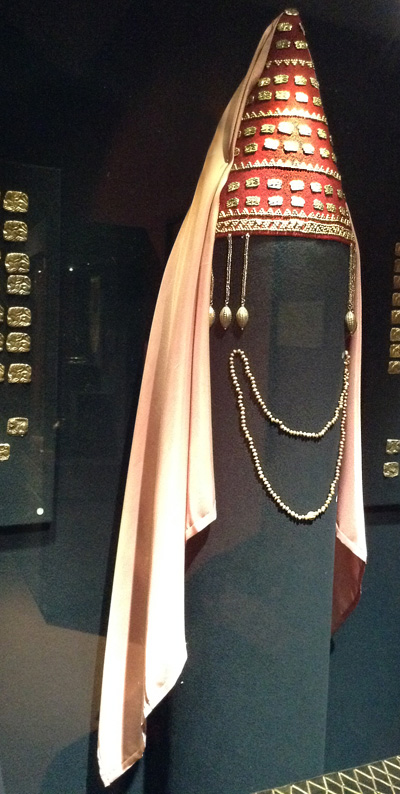
Scythian traditional women’s headdress embellished with gold decorations and jewelry. The headdress is a reconstruction; gold decorations and jewelry pieces are archaeological artefacts
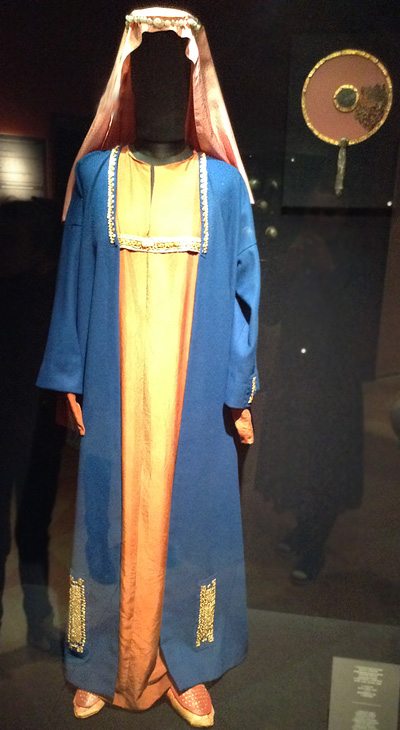
Traditional attire of noble Sarmatian woman. Reconstruction. The 1st century A.D.



This exhibition was (and possibly still is) in the Museum of Historical Treasures of Ukraine in Kyiv